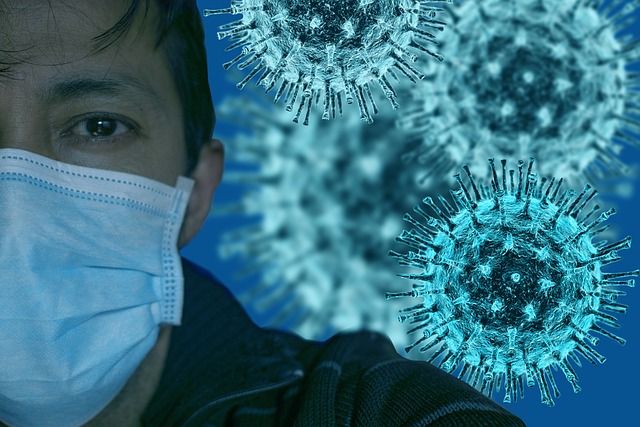Background:
Asymptomatic infection appears to be a notable feature of severe acute respiratory syndrome coronavirus 2 (SARS-CoV-2), the pathogen that causes coronavirus disease 2019 (COVID-19), but the prevalence is uncertain.
Purpose:
Estimate the proportion of people infected with SARS-CoV-2 who never developed symptoms.
Data sources:
Searches in Google News, Google Scholar, medRxiv and PubMed using the keywords antibodies, asymptomatic, coronavirus, COVID-19, PCR, seroprevalence and SARS-CoV-2.
Study selection:
Observational, descriptive studies and reports of mass detection of SARS-CoV-2 that were cross-sectional or longitudinal in design; were published until November 17, 2020; and involved testing for SARS-CoV-2 antibodies or nucleic acids of a target population, regardless of current symptomatic status, over a defined period.
Data extraction:
The authors collaboratively extracted data on study design, type of test performed, number of participants, criteria for determining symptomatic status, test results, and setting.
Data synthesis:
61 eligible studies and reports were identified, of which 43 used polymerase chain reaction (PCR) testing of nasopharyngeal swabs to detect current SARS-CoV-2 infection and 18 used antibody testing to detect current or previous infections .
In the 14 studies with longitudinal data that reported information on the progression of symptomatic status, almost three-quarters of people who tested positive but had no symptoms at the time of testing remained asymptomatic.
The highest quality evidence comes from nationally representative serosurveys from England (n = 365,104) and Spain (n = 61,075), which suggest that at least a third of SARS-CoV-2 infections are asymptomatic.
Limitation:
For PCR-based studies, data are limited to distinguish between presymptomatic and asymptomatic infection. Heterogeneity precluded formal quantitative syntheses.
In light of the data presented here, we believe that COVID-19 control strategies should be modified , taking into account the prevalence and risk of transmission of asymptomatic SARS-CoV-2 infection.
Rapid, frequent, and inexpensive home testing to identify and contain presymptomatic or asymptomatic cases, along with government programs that provide financial assistance and, if necessary, accommodation to allow infected people to isolate (84), may be a viable option. . And as the first generation of SARS-CoV-2 vaccines are rolled out, more research will be needed to determine their effectiveness in preventing asymptomatic infections.
Conclusion: Available data suggest that at least a third of SARS-CoV-2 infections are asymptomatic. Longitudinal studies suggest that almost three-quarters of people who receive a positive PCR test result but do not have symptoms at the time of testing will remain asymptomatic. COVID-19 control strategies should be modified, taking into account the prevalence and risk of transmission of asymptomatic SARS-CoV-2 infection. |
















